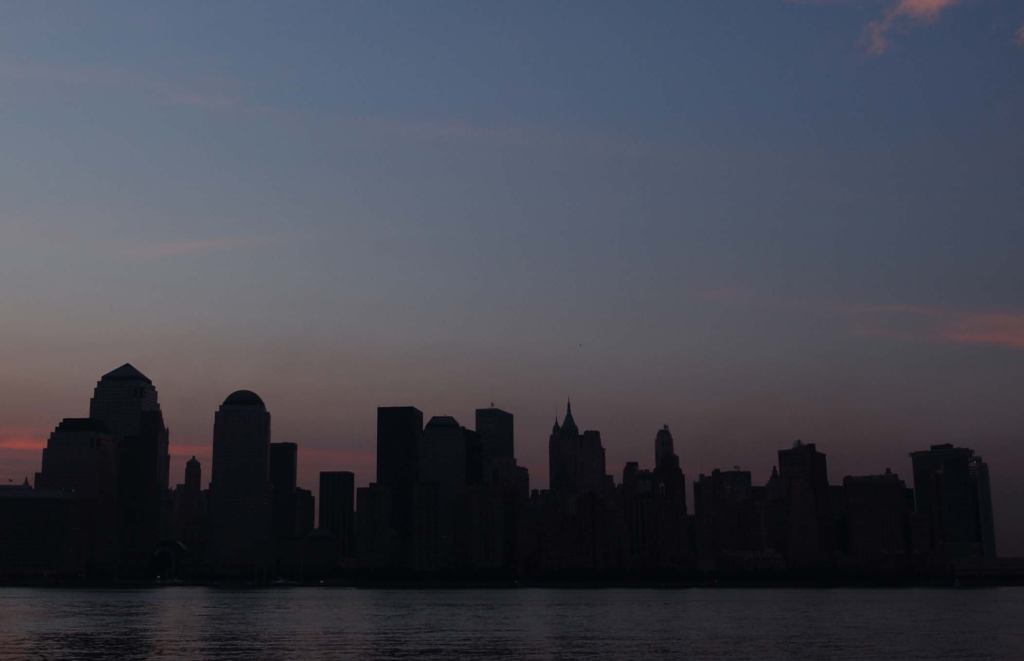When 50 million people from New York to Ohio, and north to Toronto and Ottawa, Ontario were abruptly plummeted into a power no man’s land on the afternoon of August 14, 2003, hundreds of thoughts raced through their minds. But the main questions-what is going on, when is the power going o be restored, and how did this happen-all highlight the fragile complexity of nation’s energy supply system.
With the power restored, and the initial finger-pointing by our elected officials finished, several investigations are underway. A joint U.S.-Canada Power Outage Task Force has been formed and it has delivered an initial timeline report of the events to both U.S. and Canadian legislatures. The North American Electricity Reliability Council, a voice from the private sector and the group responsible for monitoring the grid’s reliability, has also begun an investigation.
With terms like “cascading blackout: and “power grid” now part of our everyday vocabulary, what is being done to prevent such a scenario from occurring again? How have new technologies, such as computers and cell phones, contributed to the overall increase in energy demand, and how much of the increased energy usage is directly associated with lighting? Although manufacturers and researchers continue to create more energy-efficient lighting devices, overall square footage demands have steadily increased by about 2 percent per year. So although lighting is more efficient, and watts-per-square-foot costs have decreased, more lighting is needed to cover the growing special demands. Lighting’s relationship to energy consumption is an issue of quality, not quality.
In this vein, research efforts are underway in a joint venture between the lighting Research Center (LRC), the U.S. Department of Energy, the New York State Energy Research and Development Authority, the California Energy Commission, Connecticut Light and Power and several lighting manufacturers to create a simple and cost-effective load-shedding system for lighting to be used at critical moments when electrical demand is overburdened. In commercial applications, approximately 25 percent of energy consumption can be attributed to lighting.
Peter Moranti, director of energy programs at the LRC explains, “Lighting is ideal for load management for two main reasons: one, the load is predictable, and two, it is a repeatable process. When lights are turned off, you know the exact wattage reduction, and that can be repeatedly duplicated by an absolute number.”
The LRC’s research into load-shedding combines technology, hardware and human-factor elements. This system starts with a new type of ballast currently in development that will have dimming capabilities and an instant-start platform. Fluorescent tubes will be dimmable to a fixed level for short periods of time. Dimming the bulb output by a third only affects the overall lamp life by 1 percent. The human-factor component of this research has shown that people can work effectively in a low-light environment for periods of time. In fact, lights can be dimmed up to 50 percent and the environment still be deemed “acceptable” by occupants.
In the event of a power surge, the building’s energy-management system would instruct the lighting system to dim. A single signal can control up to 20,000 square feet of space, determined by the amount of wiring per square foot, not the number of fixtures. The dimming process could be controlled locally by the building or, in the event of a larger crisis, externally by a local utility. Preliminary studies have shown this is acceptable to building owners as long as they have the ability to manually override the external control should they need to. Next summer, the LRC will complete a real-time simulation in New York City at a conEdison facility.
In an age when we have come to take for granted our ability to instantly turn on lights and electronic equipment, what are our responsibilities in managing our own energy consumption? Determining the cause of the blackout, and why system safeguards were not effective enough to prevent this event, will take time. Hopefully the findings will enable the United States to accurately evaluate its energy system and in turn focus on the administrative reforms, infrastructure upgrades and commitments to new technologies necessary to create a power system worthy of a twenty-first-century nation.
Note: This article first appeared in Architectural Lighting’s Sept/Oct 2003 print issue.
